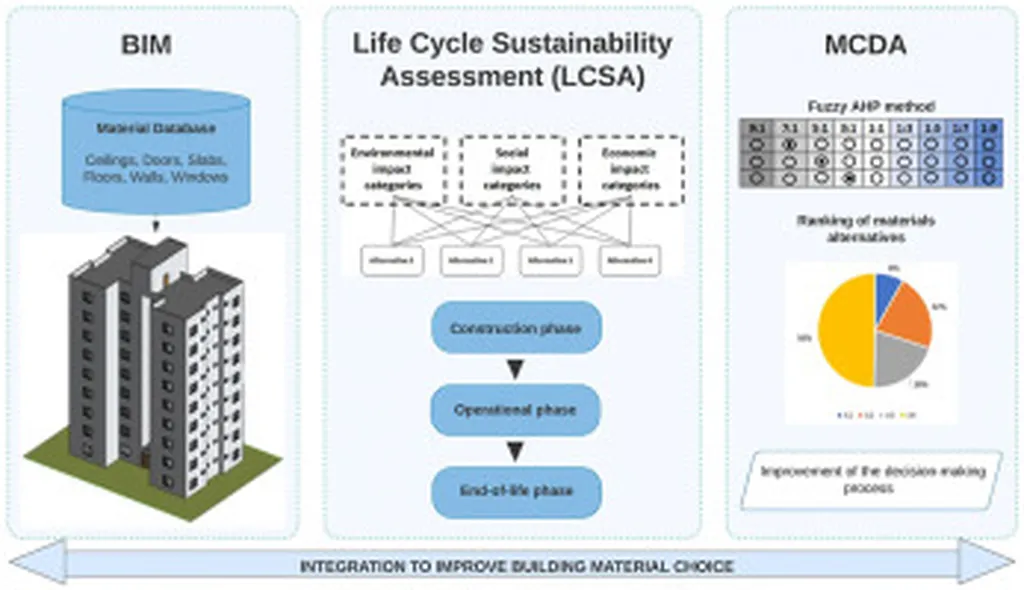In the ever-evolving landscape of construction, a groundbreaking study led by Yingnan Yang from the College of Civil Engineering and Architecture at Zhejiang University in China is set to redefine how we approach sustainability in the built environment. Published in the journal *Buildings* (which translates to “Buildings” in English), this research delves into the integration of Lean Construction (LC) and Building Information Modeling (BIM), offering a comprehensive framework that could revolutionize the Architecture, Engineering, and Construction (AEC) industry.
The study, a systematic literature review spanning from 2010 to 2024, analyzed 96 journal articles to identify trends, benefits, and barriers in the integration of BIM and LC. The findings are nothing short of transformative. “We found that integrating BIM and LC can significantly improve construction productivity and reduce environmental impacts,” Yang explains. “However, technical challenges in data interoperability and fragmented lifecycle management persist.”
The research introduces a novel four-dimensional BIM-LC integration framework, encompassing information integration, supply chain management, waste management, and life cycle management. This framework synergizes LC principles with BIM’s technical capabilities, aiming to reduce waste, enhance resource efficiency, and support carbon neutrality goals. “This framework provides both scholars and practitioners with a roadmap to advance BIM-LC adoption for sustainable construction,” Yang adds.
The implications for the energy sector are profound. By improving resource efficiency and reducing waste, this integration can lead to significant cost savings and a reduced carbon footprint. “Actionable solutions include semantic model standardization, AI-driven supply chain resilience, and circular economy integration,” Yang notes. These solutions could pave the way for more sustainable and efficient construction practices, benefiting not only the environment but also the bottom line of energy sector stakeholders.
As the construction industry continues to evolve, this research offers a compelling vision for the future. By addressing the barriers to adoption and proposing actionable solutions, Yang and her team have provided a roadmap for the industry to follow. The study, published in *Buildings*, serves as a call to action for practitioners and scholars alike to embrace the integration of BIM and LC, driving the AEC industry towards a more sustainable and efficient future.
In the words of Yingnan Yang, “This is not just about improving construction practices; it’s about redefining the future of the built environment.” And with this research, that future is looking brighter and more sustainable than ever before.

